15 Dog Training Habits That Do More Harm Than Good
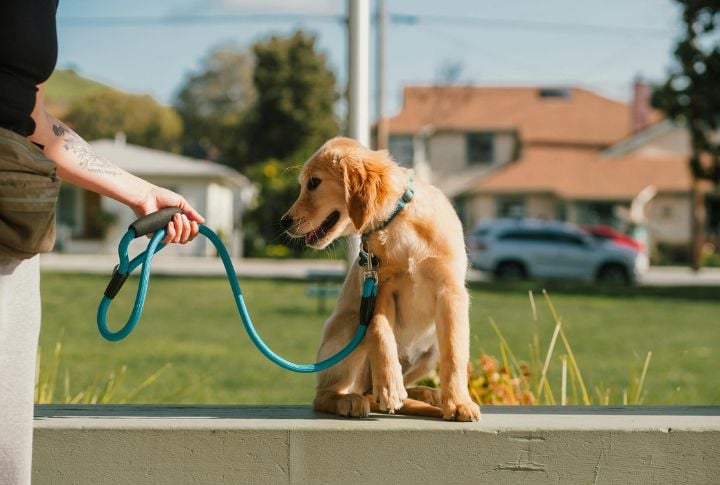
Plenty of advice floats around regarding teaching dogs how to behave. What works in one home might flop in another, especially if the methods feel outdated or confusing. Today, trainers focus on building clear communication and steady routines, so they recommend skipping these 15 training approaches.
Shouting Commands At The Dog
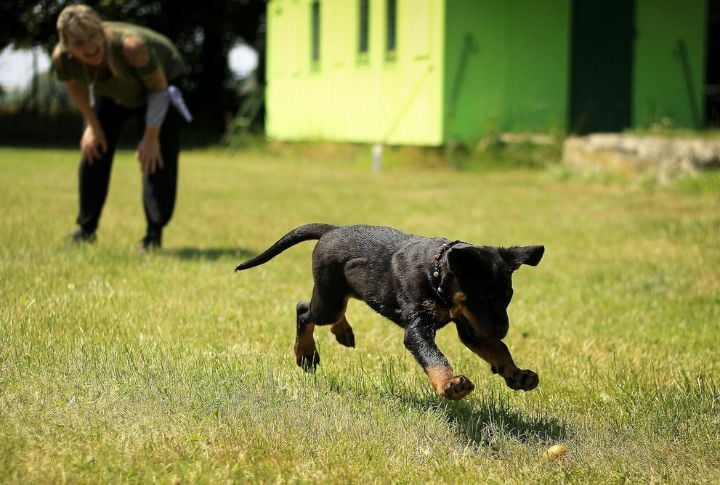
Raising your voice might grab attention, but it doesn’t teach dogs what to do. Loud tones can startle or confuse them, which slows progress. Clear, calm communication works better for getting reliable responses during training. Volume isn’t a shortcut to understanding or good behavior.
Using Shock Collars For Obedience

Relying on electronic collars to enforce commands can create fear-based responses rather than trust. These tools may temporarily stop behaviors, but they don’t explain the desired outcome. Most experts agree that long-term learning is more effective if dogs are secure and recognize which actions lead to a reward.
Forcing Dogs Into Submissive Positions
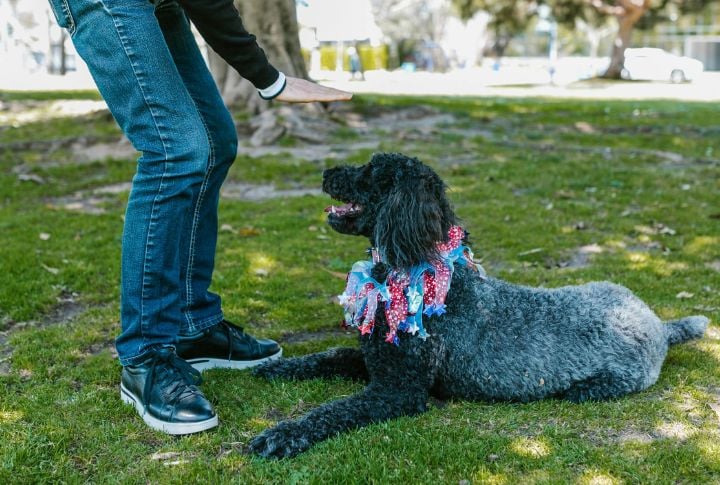
Trust develops through clear signals and cooperation, not by pinning a dog to the ground in what’s commonly called an alpha roll. Most professionals have shifted away from this outdated practice. Holding a dog on its back may look dominant, but it often leads to defensive behavior or uncertainty that slows training progress.
Repeating Commands Too Often

Saying a command repeatedly doesn’t reinforce it—it weakens the cue. Dogs tune out if they hear “sit” three or four times without acting. Experts suggest giving the command once, waiting, and following up with gentle guidance or redirection if there’s no response.
Punishing Growling

A growl gives early notice that a dog feels uneasy. When you take that away, you may not be able to catch problems before they escalate. Quiet discomfort lingers and becomes harder to spot. The absence of that warning can make reactions appear sudden, even if the dog is already nearing its threshold.
Employing Citronella Or Ultrasonic Collars

Spray and sound collars might quiet a dog temporarily, but the cause of the barking stays unresolved. If the trigger isn’t addressed, the behavior usually returns. Instead of relying on devices, trainers focus on identifying the trigger behind the barking and shaping a stronger response through practice.
Turning The Crate Into A Time-out Zone

Crates should feel safe and restful, not like punishment. Sending a dog into one after bad behavior can turn the crate into a place of stress. Experts recommend using it only for relaxation or sleep, not as a consequence. Gentle redirection proves effective for managing behavior.
Relying On Intimidation

Dogs may stop misbehaving if you stare hard, block their movement, or loom above them, but these techniques don’t create lasting change. When trapped, dogs tend to shut down or become defensive. A calm approach with inviting body language encourages permanent learning.
Inconsistent Expectations
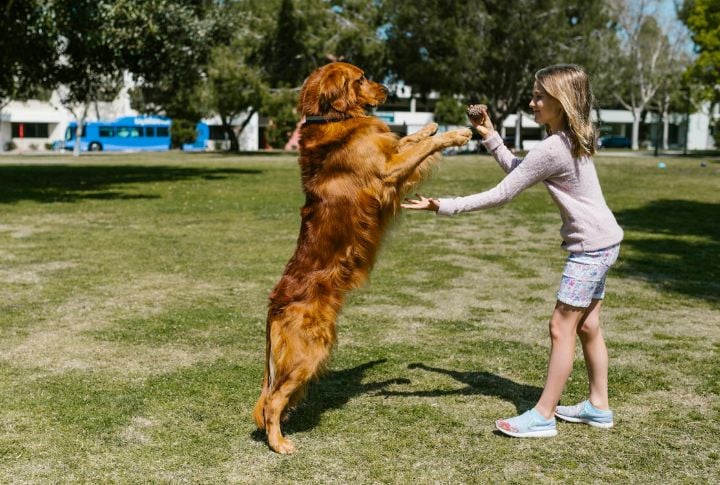
Dogs need a routine to understand boundaries; consistency from everyone in the household makes training much smoother. When you allow a behavior one day and punish it the next, the dog becomes confused. For example, letting them jump on guests occasionally can confuse them.
Pushing Physical Corrections

Hands-on corrections like swats or leash pops may seem mild, but they gradually erode confidence. Dogs respond by shutting down or avoiding training altogether. Even gentle taps can trigger fear, especially in sensitive dogs.
Expecting Fast Results
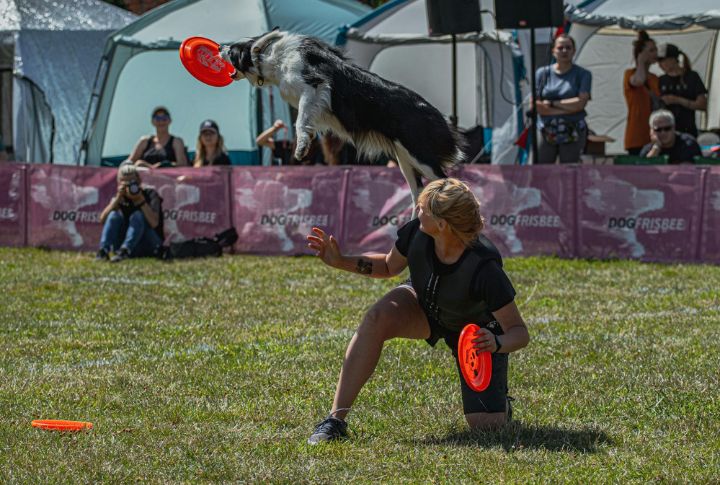
Don’t set your expectations high when training your dog to avoid trouble. Remember that progress usually comes in small, uneven steps. When results don’t show right away, many switch strategies too soon, which causes delays. Patience is a habit worth building first.
Skipping Socialization

Many trainers overlook the importance of exposing puppies to the outside world. Puppies need to encounter unfamiliar situations while they’re still open to learning. Missing that stage can lead to long-term issues with stress or reactivity.
Using Food Rewards Without Limits

Treats can motivate dogs, but overuse creates dependence. Dogs may obey only when food appears. Trainers advise mixing praise with treats and reducing rewards over time to build habits that last without expecting a snack for every command.
Spraying Water To Stop Behavior
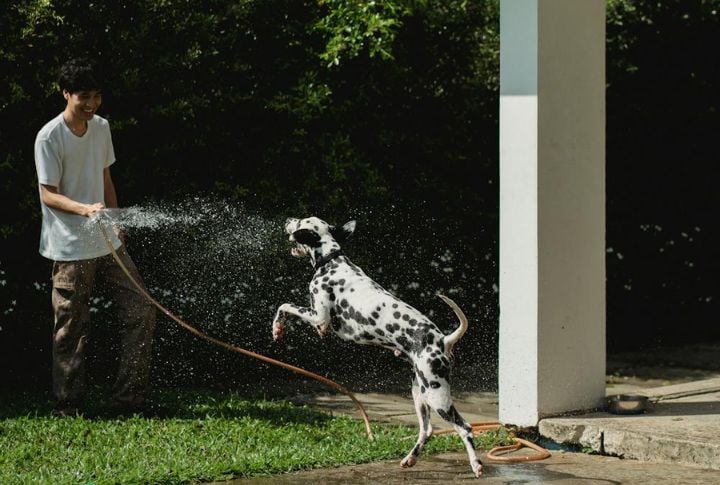
Water sprays might cause a dog to flinch or back off temporarily, yet the problematic behavior does not disappear. Such methods confuse the dog and fail to provide clear guidance, resulting in the behavior returning soon after.
Putting Choke Chains To Use During Walks
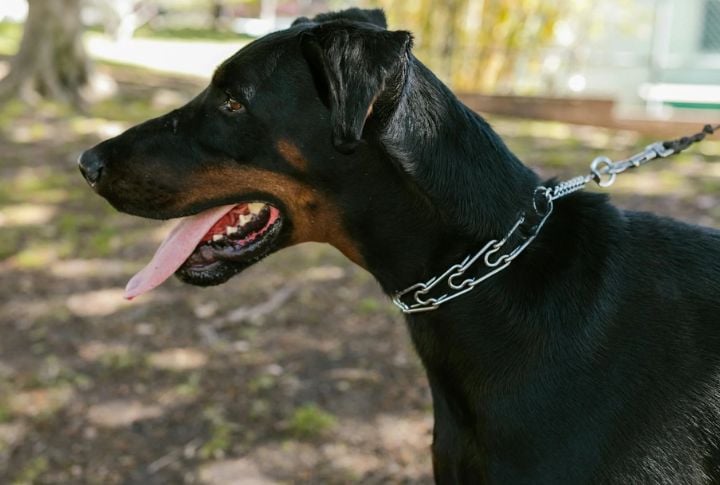
Choke chains are designed to tighten with pressure, which can lead to throat injuries or fear responses. Trainers now recommend front-clip harnesses or head halters that guide movement without causing pain. Gentle steering also helps shape better leash habits.





